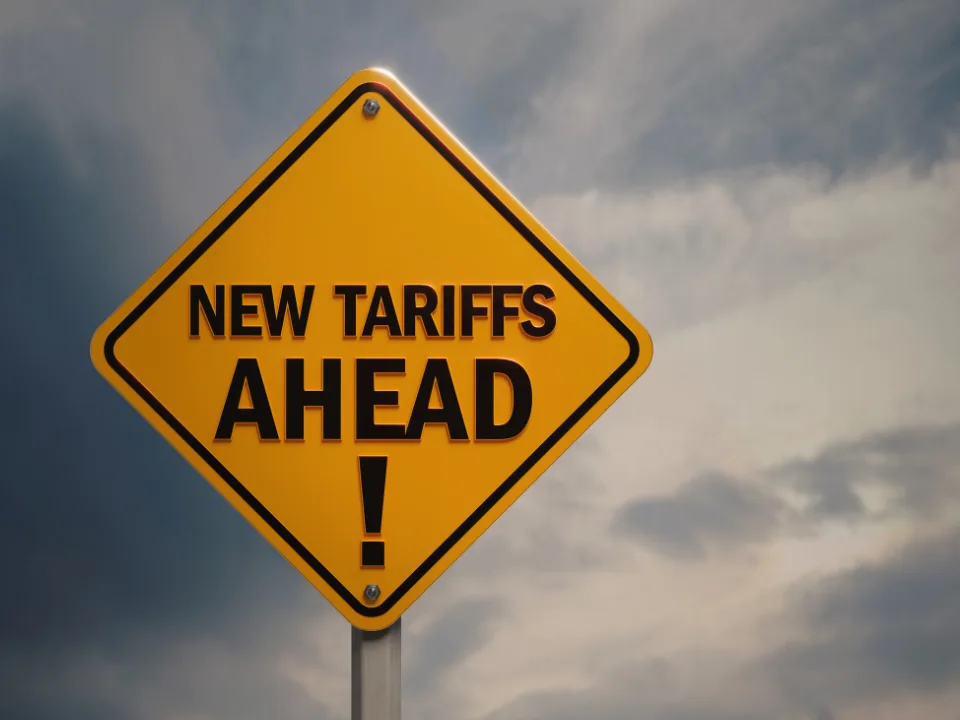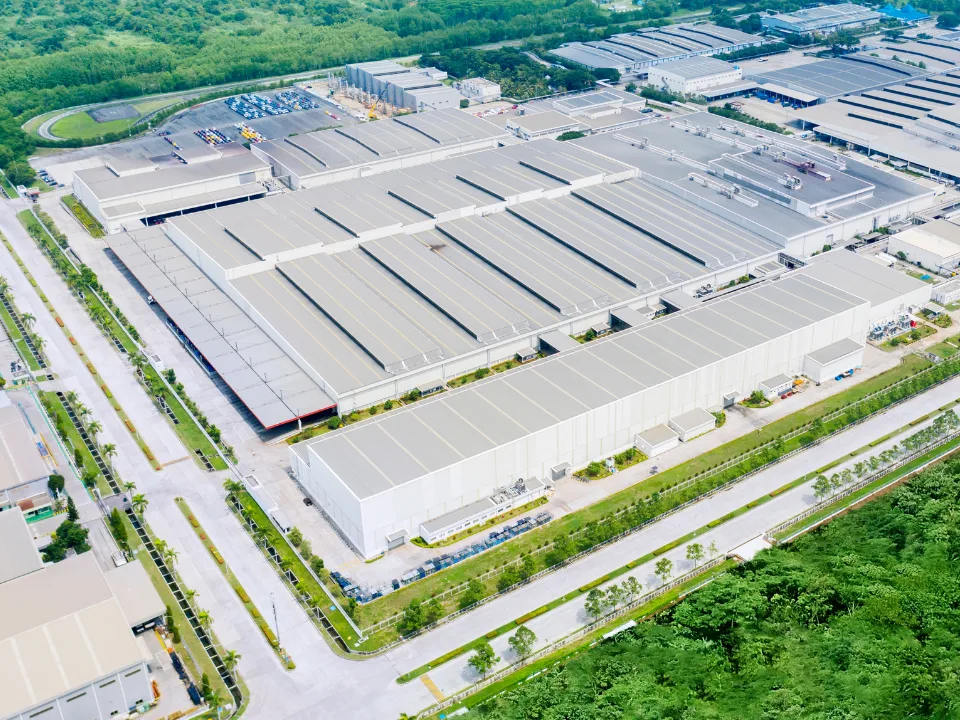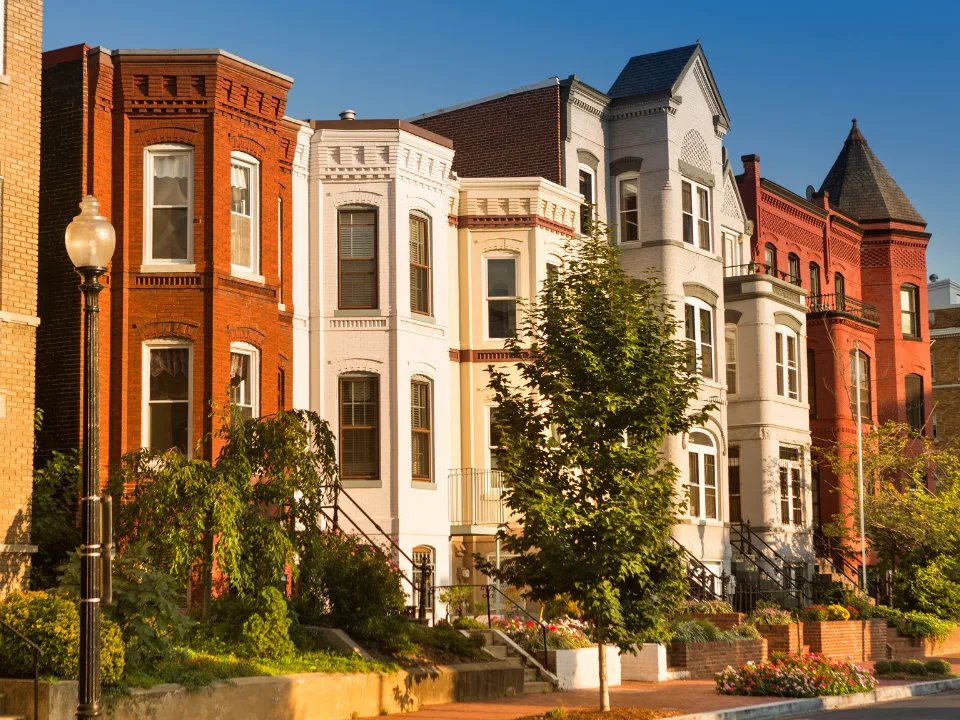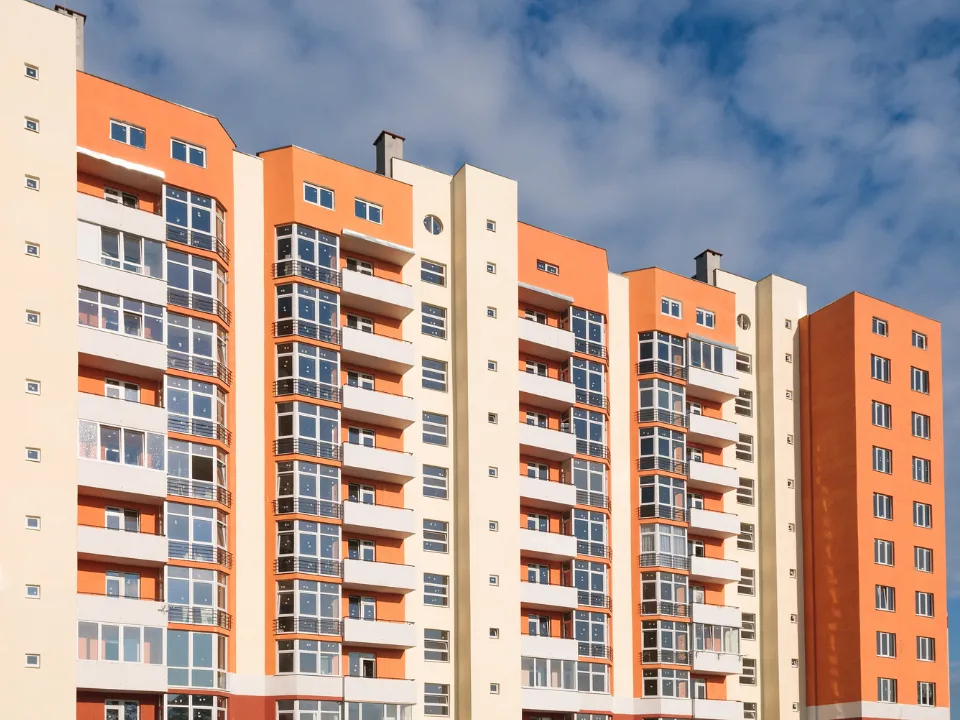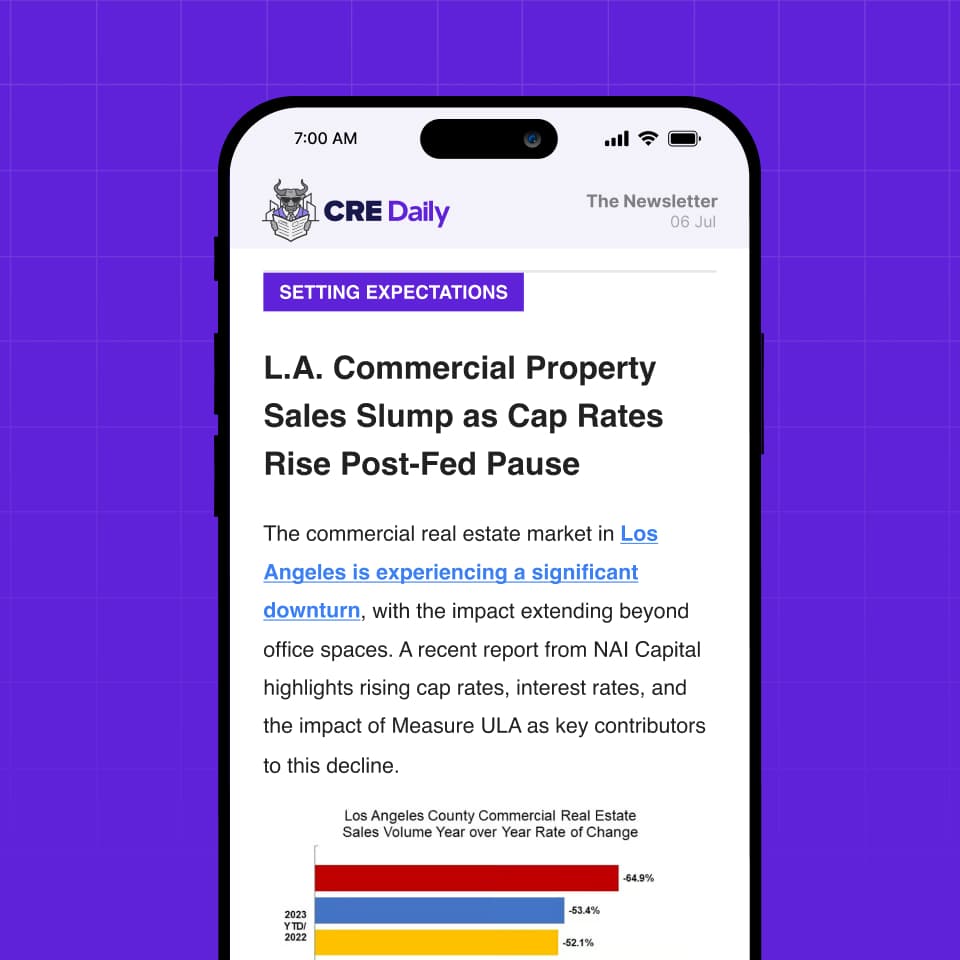- Retail leasing activity is slowing as retailers assess the financial impact of newly imposed tariffs, including a 145% levy on Chinese imports.
- Some major retail tenants have walked away from pending lease deals, citing increased costs for goods, materials, and store buildouts.
- Despite a 20 basis point rise in retail vacancy, the tight overall retail inventory is providing some insulation for landlords.
- Experts believe the tariffs could significantly raise prices across sectors, with apparel projected to jump up to 74% by 2026.
Tariffs Hit the Brakes on Retail Expansion
Retail brokers across the US are reporting a slowdown in lease negotiations as retailers, particularly local and mid-sized operators, reevaluate expansion plans, per Bisnow. The hesitation follows President Trump’s rollout of a sweeping tariff package that includes a 10% general tariff and a 145% tariff on Chinese goods.
Robin Abrams, vice chair of retail at Compass in NYC, said a grocery chain backed out of a long-negotiated 7K SF lease this week over rising costs tied to the tariffs. “It’s leading to some retailers pulling back,” she said. “Let’s hope it improves.”
Sticker Shock Sets In
Retailers ranging from apparel to electronics are grappling with how to pass along new costs to consumers. Big-box names like Walmart and Target have already warned customers to expect price increases, while brands like Hastings Bath Collection are applying surcharges in response to increased import costs.
According to Moody’s, prices for apparel could rise by 30% this year and by 74% by 2026 if the tariffs remain in place. Food and beverages may increase by 6.4% this year, while housing costs could jump 5.2%.
Get Smarter about what matters in CRE
Stay ahead of trends in commercial real estate with CRE Daily – the free newsletter delivering everything you need to start your day in just 5-minutes
Deals on Pause, But Not Dead
While some national brands are still moving forward, others are delaying deals or pivoting — such as restaurants switching from French to Californian wine to cut costs. In Phoenix, SRS Real Estate’s Ed Beeh noted smaller local retailers are more likely to put plans on hold.
“None of the larger clients have done anything drastic,” Beeh said, “but a few deals were lost or paused.”
Inventory Tight, Market Resilient (for Now)
Despite the slowdown, landlords are somewhat insulated thanks to low national vacancy rates. Cushman & Wakefield reported retail vacancy at just 5.5% at the end of Q1, with a 2.3% year-over-year increase in asking rents.
“There’s very little new development,” Piper Sandler’s Alexander Goldfarb noted. “Retailers that need space don’t have many options, which is positive for landlords and REITs.”
What’s Next
The market remains in limbo as the industry waits to see how Trump’s 90-day tariff “pause” plays out. With economic uncertainty on the rise and retailers watching every dollar, brokers say delays and cancellations may persist until the policy landscape stabilizes.
As Bill Miller of Miller Walker put it: “The best answer is ‘yes.’ The second-best is ‘no.’ The worst is ‘maybe.’ And right now, we’re hearing a lot of ‘maybe.’”
